Airbus says that a wider A350 will lead to “more space and more choice”
Share
APEX/IFSA EXPO kicked off today with a media briefing by Airbus Vice President of Cabin Marketing, Ingo Wuggetzer.
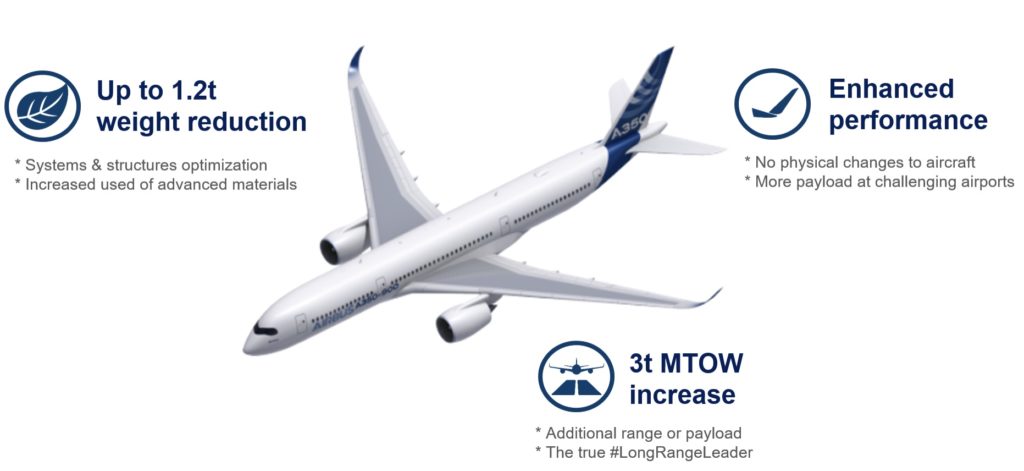
As part of it, Ingo Wuggetzer outlined some of the enhancements to the Airbus A350.
According to Wuggetzer, the new production standard involves turning the A350 into the most sustainable large widebody with lower weight, less CO2 and enhanced performance.
This has been achieved by a weight reduction of up to 1.2t and an increased use of advanced materials.
Nine or ten across in economy
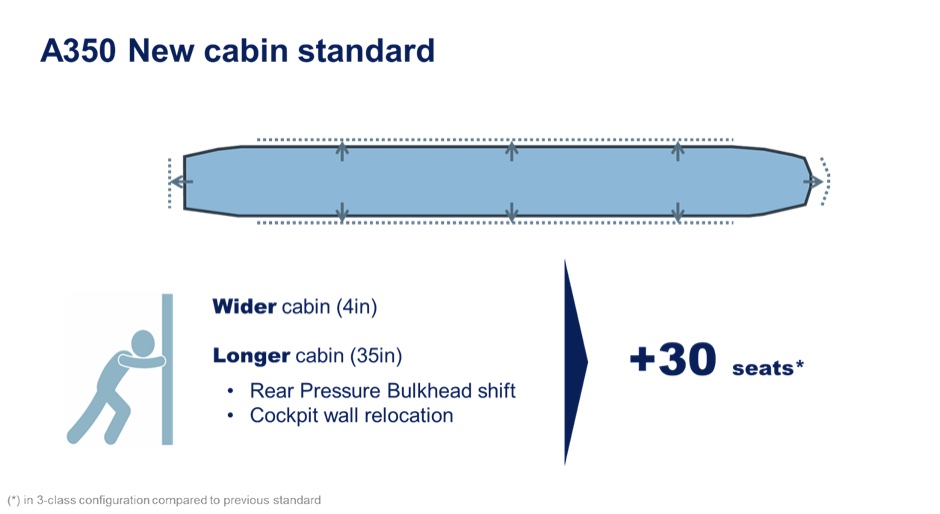
The A350 will also have a wider cabin, at four inches greater width and a 35 inch longer cabin. Ingo Wuggetzer said that this will mean “more space and more choice.”
As a result of this, airlines have potential to offer greater privacy in their premium cabins, and to choose between the current nine abreast or ten abreast configuration in economy.
With nine seats across, the width will be 18.7 inches, which Ingo Wuggetzer described as almost akin to economy plus. Or, at ten across in a 3-4-3 configuration, the width will be an industry standard 17 inches.
Airbus says that compared with a nine-abreast Economy Class, the new 10-abreast offering could enable airlines to accommodate approximately 30 additional seats, in a typical three-class layout on their new A350-900s and the A350-1000s.
Electro-dimmable windows
Another A350 innovation is the idea of electro dimmable windows, which block 99.99% of visible light, giving a true night time experience allowing passengers to sleep better.
Compared with previous designs, the latest generation of EDWs, developed by Gentex, darken twice as fast and become 100 times darker than the original version.
STARLUX Airlines, headquartered in Taipei, is the first operator to select these devices for its newly-delivered A350 aircraft.
Airspace extends to A320 family
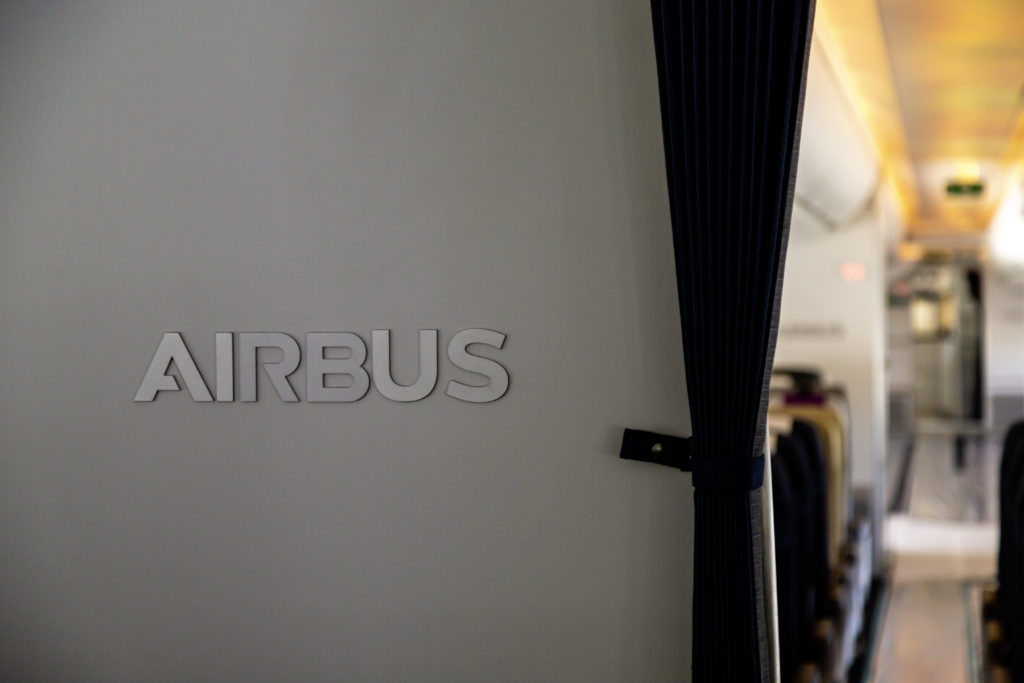
Turning to other aircraft, Ingo Wuggetzer said that the Airspace cabin concept will become standard for the A321 XLR by 2024.
The latest Airspace delivery to a US airline has been to Delta, with Ingo Wuggetzer highlighting some of the very positive feedback that had been received from passengers who experienced it on transcontinental flights on Delta’s A321 neo.
Meanwhile the first A321neo Airspace customer in Asia is due to be Korean Air.
Airbus on track to expand the Airbus Link HBCPlus catalogue with SES
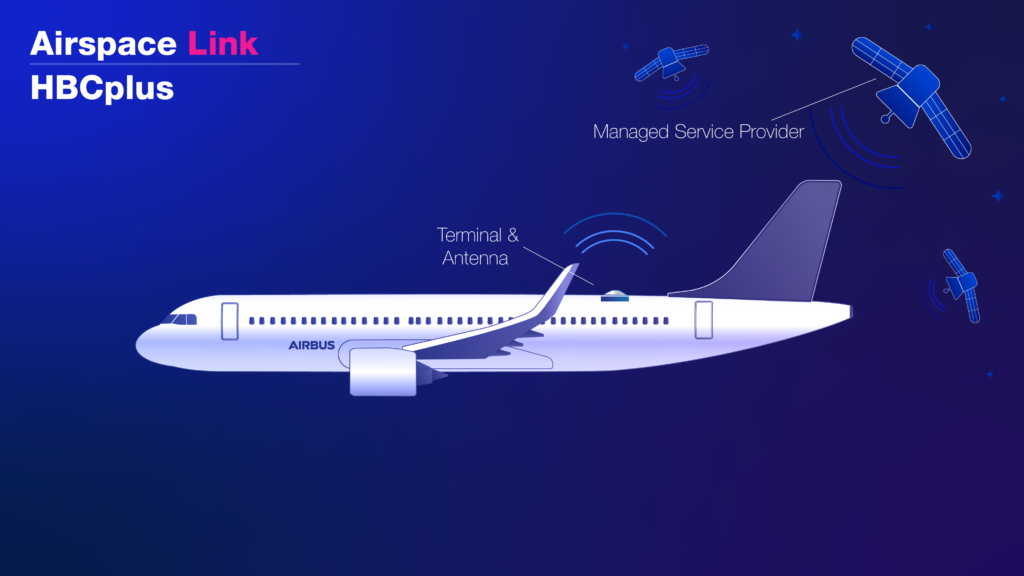
At the press briefing, Airbus also announced that it had signed a Letter of Agreement with Global connectivity solutions company SES.
This paves the way for the company to become the second Managed Service Provider (MSP) to join the Airspace Link HBCplus catalogue offering for airlines.
Airbus says that HBCplus grants airlines much needed flexibility as it decouples the bandwidth provider from the antenna and the IFE systems. The agnostic SFE antenna derisks the airlines’ far reaching bandwidth supplier decisions and comes with Airbus support, warranties and seamless aircraft integration.
Airbus and KID Systeme extend Airspace Link for airlines’ cross-fleet needs with “GeniusLINK”
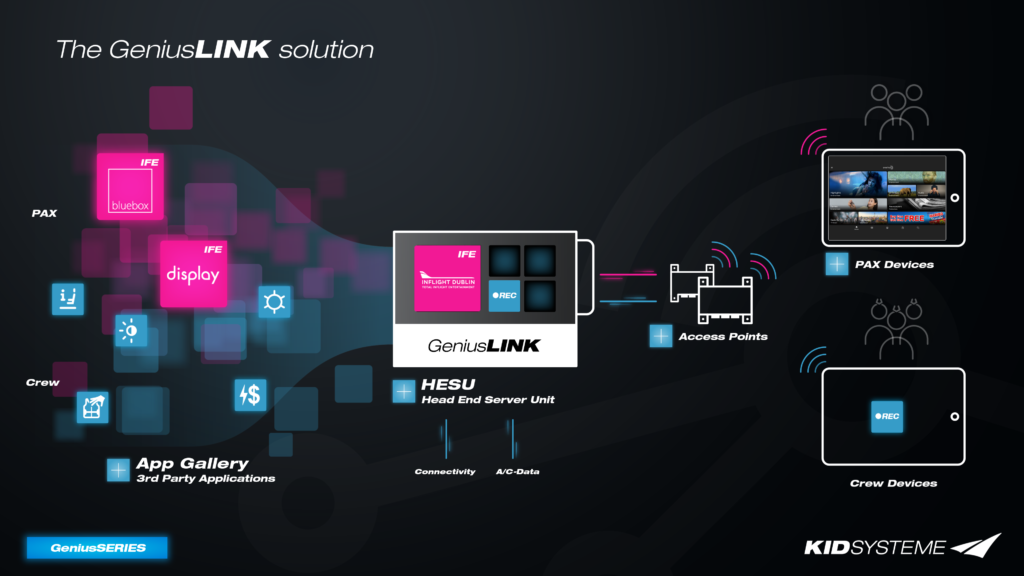
Another announcement made by Airbus at APEX/IFSA EXPO, involves Airbus and its cabin systems subsidiary, KID Systeme. The new GeniusLINK solution will be offered for third party (non Airbus) fleets, providing the equivalent agnostic on-board functionalities and services as the Airspace Link platform.
As with the Airspace Link SFE Solution, GeniusLINK simultaneously hosts passenger and crew applications while meeting customer requirements in terms of wireless entertainment, eCommerce and cabin management operations.


